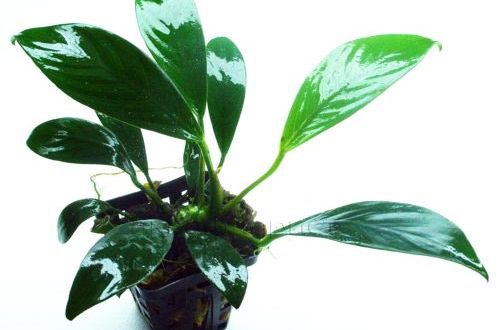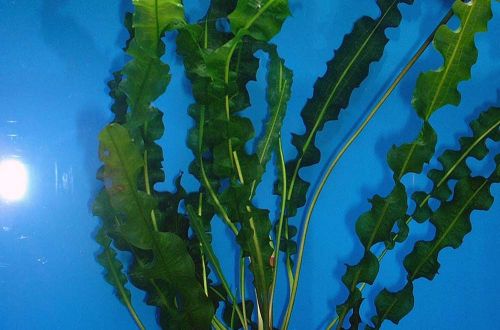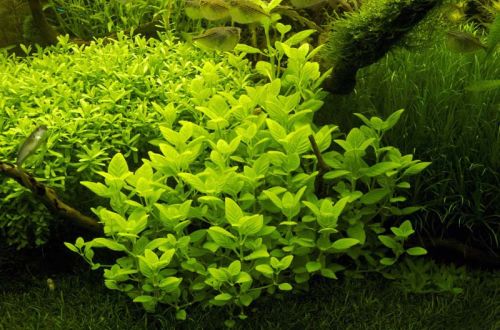
Anubias Zille
Anubias Gillet, scientific name Anubias gilletii. Occurs from the African continent, distributed in the Congo Basin, where it grows on the surface in swamps and along river banks. Rarely found underwater. The plant was discovered by European explorers de Wildeman and Durand in 1901, but was named after the Belgian

This plant, despite its surface growth in the wild, can grow completely submerged in aquariums. However, under these conditions it grows noticeably smaller, but still reaches more than 40 cm in height, due to long petioles. Anubias Gillet has an uncharacteristic Anubias leaf shape. They are elongated, arrow-shaped, up to 30 cm long and about 15 cm wide. At the junction with the petiole, two processes are formed near the leaf, resembling hooks (only in the surface position).
When planted in an aquarium, it does not require much attention. The plant is not whimsical and is able to adapt to various conditions. Does not need mineral supplements or special lighting. May be recommended for beginner aquarists if a large enough aquarium is available.





